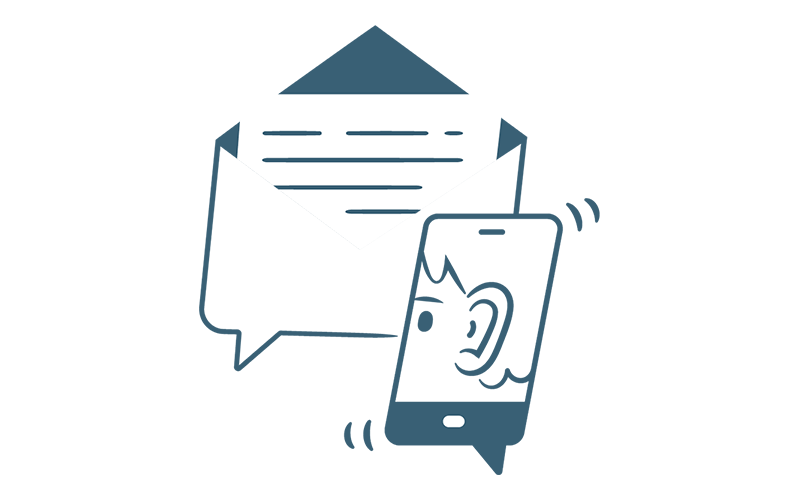‘User research is a team sport’ – this mantra from the Government Digital Service is often heard in digital and design teams, but what does it mean in practice? A recent round of usability testing for our Researcher Access Service has helped us understand why user research is such an important part of our delivery process, and how powerful it is to experience it first-hand.
What is user research?
Put simply, user research is how we directly involve those who will (or could) use the service we’re developing, so that we can ensure it meets their needs. In the case of the Researcher Access Service, that means working with researchers who are likely to apply for access to secure public sector data (or have done so in the past) to shape what we are building. It can take different forms depending on the stage of development – at an early stage, it may be more exploratory and focus on understanding the user’s problems, without offering a solution. At a later stage, it could involve asking users to try out a new prototype system and provide their feedback. In all cases, those who are developing the new service need to be open and ready to change based on what they hear from users.
Our journey to delivering the Researcher Access Service
Last year was a big year for the development of our Researcher Access Service, a brand new, digital service for researchers to apply for secure public sector data. In the first half of the year, we worked with our digital partner, Nexer, to carry out user research and service design activity to help us shape the future service. Based on this work, we moved onto building the service in the second half of the year.
For this we partnered with Appian - a technology platform that is focused on improving business processes. Our technical build began in earnest in early November and has progressed at pace since then, with new functionality and features demonstrated at the end of every two-week development sprint. As our end-to-end digital service started to come to life before our eyes, we wanted to get it in front of real users to test our assumptions and get some honest, unvarnished feedback.
Fortunately for us, we had access to an engaged and supportive community of users to help with this - primarily researchers experienced in working with public sector data - who have expressed their interest in helping to shape researcher application and data access processes, including the future of the Researcher Access Service. Working with two expert User Researchers from Nexer, we developed a plan for the sessions which would allow us to test out some of the key user journeys within the service, including starting an enquiry and returning to a submitted application. As well as testing the system and processes we had built, we were also keen to understand more about the context in which our users are working and how this might influence their interactions with our service.
What did we do, and what did we learn?
When it came time to run the usability testing sessions, it was crucial to us that as many of the team building the Researcher Access Service as possible had the opportunity to observe. Reviewing the outputs of usability testing can be useful and informative, but nothing matches seeing it for yourself. When you’re immersed in the development of a system and you know it inside out, it can be difficult to imagine where someone else might struggle when using it for the first time. Getting involved in usability testing is a great way to see your service through a user’s eyes – and it’s one of the key reasons why user research really should be a team sport.
This round of usability testing gave us some useful insights which we’re still working through and digesting. This has included some very specific and actionable points, such as the positioning of buttons and the wording of some questions in our enquiry form. For example, the way we asked researchers to select their study population and linked data wasn’t clear enough, which resulted in the same datasets being selected twice. It also included some bigger considerations which require further thinking and design – for example, how can we make our data catalogues more accessible for those who work with health data, but aren’t specifically health researchers? We’ve gained a fresh perspective on the next steps for our service and built on our understanding of what’s important to researchers.
In addition to our usability testing, we also recently conducted an Accessibility Audit on the Researcher Access Service. This was a very detailed look at the service with a focus on how well it works for users who may have specific access needs – for example screen reader users – using a combination of automated and manual testing. In addition to helping us to identify and fix some accessibility issues, this audit allowed our team to build on our knowledge of web accessibility, which will be invaluable as we move forward with the development of the service.
What's next?
We’re currently working towards the launch of the first release of our service, which will allow researchers to apply for access to nine specified datasets through a simplified approvals pathway. We’ll be sharing more details on this over the coming weeks and months. This is just the beginning for the Researcher Access Service, and feedback from our initial users will help to shape how we develop the service going forward.
In the meantime, if you’d like to be kept up to date with future opportunities to participate in user engagement activities, you can sign up to our engagement contact list here. We’re keen to involve a wide range of people, including early career and experienced researchers, research co-ordinators, evidence-based policy developers, data analysts, data service providers and administrators to inform and shape our work, projects and data access services.



